I'm building an Arduino circuit to detect/limit the maximum charging current to a camera flash.
I decided to use an INA219 breakaout board, which comes with a R100 resistor as a shunt so it should allow measurements of 3.2A maximum.
Before assembling the circuit with the Arduino, I decided to test the sensor to see if it would allow instant high currents to pass through it's VIN+ and VIN- terminals, without connecting any supply to it, nor SDA and SCL lines.
What happened is that it limited my bench power supply source to 300mA maximum. The flash charged, but slowly.
If I plugged my flash terminals directly to the power supply, it chaarges faster, with initial peak currents close to 3A, the way I need it.
I then tried connecting just the 5V VCC and GND to the INA219 breakout board, again without wiring SCL and SDA to an Arduino. Again only 300mA of current were drawn by my bench supply, and the charging of the flash was still slow.
Why is that happening? Do I need to fully connect it to an Arduino for the INA219 to allow more current to flow through its terminals?
Edit1: Inside the flash's 3V battery compartment I soldered a DC DC buck converter that converts the 8.2V to 3V, allowing 3A maximum current.

